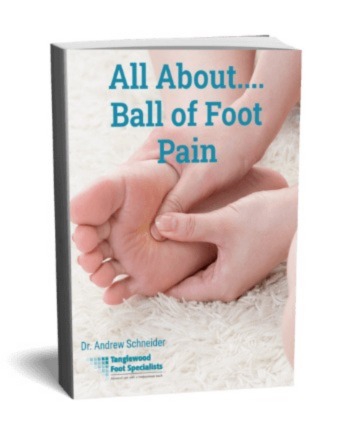Why Foot and Ankle Health Is Crucial for Soccer Players
Healthy feet and ankles are fundamental for soccer players, serving as the foundation for optimal performance on the field. Soccer involves intense running, cutting, and striking, all of which place significant stress on these areas. Neglecting foot and ankle health can lead to decreased performance and injuries that may sideline you for weeks or even months.
Proper care supports stability, balance, and agility—key components for excelling in the game. Common injuries like ankle sprains and plantar fasciitis can be minimized with effective care and preventative measures.
Choosing the Right Soccer Footwear
Types of Soccer Cleats
Selecting the appropriate cleats is vital for enhancing your agility, speed, and stability. Different cleat designs cater to various playing surfaces:
- Firm Ground Cleats: Ideal for natural grass with conical studs for traction.
- Turf Shoes: Best for artificial turf, featuring numerous short studs to prevent slipping.
- Soft Ground Cleats: Suitable for wet or muddy conditions with longer, removable studs for improved grip.
Material and Fit
Choose cleats based on material and fit to match your playing style:
- Leather Cleats: Offer a snug fit and excellent ball control.
- Synthetic Cleats: Lighter and more water-resistant, suited for different conditions.
Ensure your cleats fit well to avoid blisters and injuries. Proper arch support is crucial, especially if you have flat feet or high arches. A well-fitting shoe prevents discomfort and enhances your game.
Foot and Ankle Warm-Up and Injury Prevention
Effective Warm-Ups
Pre-game warm-ups should include dynamic stretches targeting your feet and ankles. This increases blood flow, elevates your heart rate, and prepares your body for the game’s demands. Research shows that dynamic stretches can reduce injury risks significantly.
Strength Training
Incorporating strength training exercises into your routine helps build support for your feet and ankles, improving performance and reducing injury risk. Focus on exercises that enhance flexibility and strength, crucial for enduring the physical demands of soccer.
Managing Common Foot and Ankle Injuries
Common Injuries
Soccer players are prone to various injuries:
- Ankle Sprains: Often caused by twisting or rolling the ankle, leading to ligament damage.
- Fractures: Resulting from direct impact or falls, requiring immediate attention.
- Tendonitis: Inflammation from repetitive stress, particularly in the Achilles tendon.
- Blisters and Calluses: Caused by friction and pressure during play.
Treatment and Recovery
Follow the R.I.C.E method for sprains and strains: Rest, Ice, Compression, and Elevation. For more severe injuries, consult a podiatrist for professional advice, which may include physical therapy or the use of a brace.
Blisters should be covered with a clean bandage, and calluses can be managed with regular trimming. Always address injuries promptly to avoid long-term issues.
Conclusion: Prioritize Your Foot and Ankle Health
By adopting these best practices, you’ll enhance your soccer performance and protect your foot and ankle health. Remember, well-maintained feet and ankles are crucial for enjoying the game and preventing injuries. For personalized advice and treatment, contact us at 713-785-7881.
















